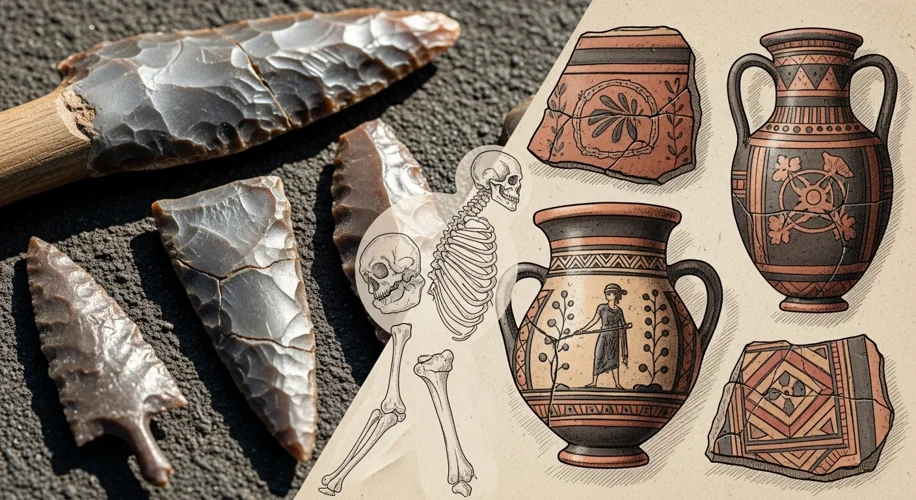It might seem odd to connect the Neolithic period with the Galloroman era, but for a historian like me, especially one who spends a good deal of time digging through archives, the continuity and change found in skeletal remains across these vast periods are incredibly revealing.
My recent research has taken me deep into the world of bioarchaeology, and the more I learn, the more I appreciate how much these ancient bones can tell us. We’re not just looking at fragments of individuals; we’re looking at snapshots of entire societies, their diets, their health, their interactions, and even their beliefs.
When archaeologists excavate a site, they often find layers of history. Sometimes, these layers contain human remains from different time periods, all buried within the same general area. For instance, imagine a Galloroman settlement built atop an earlier Neolithic village. The skeletal remains found in each stratum offer a unique window into two distinct cultures.
From the Neolithic era, often called the New Stone Age (roughly 10,000 to 4,500 BCE, though dates vary by region), we might find evidence of early farmers. Their bones could show signs of wear and tear from manual labor, perhaps dietary deficiencies or strengths depending on their agricultural practices. We can see changes in their physiology as they transitioned from hunter-gatherer lifestyles to settled agriculture.
Then, fast forward thousands of years to the Galloroman period (roughly 1st century BCE to 5th century CE in Gaul, modern-day France and surrounding areas). The skeletal remains from this era might reflect a more complex society influenced by Roman culture. We could see evidence of different diets, perhaps more meat or imported goods. Trauma patterns might change, indicating different types of conflict or daily activities. Their burial practices, if preserved, also offer insights into their spiritual beliefs and social hierarchies.
What’s truly fascinating is examining how these two sets of remains, found together, highlight cultural shifts. Were there interactions between the groups? Did one population adopt practices from the other? Sometimes, later cultures even re-used older burial sites, which can create complex taphonomic puzzles for researchers.
This kind of research isn’t just about cataloging bones; it’s about interpreting them. It’s about understanding the lives, struggles, and triumphs of people who lived millennia ago. My background in archival research is invaluable here. Just as I sift through old documents to piece together narratives, bioarchaeologists meticulously analyze skeletal evidence, cross-referencing it with artifactual evidence from the same sites. It’s all about building a coherent picture from scattered fragments, whether they are ink on parchment or calcium in bone.
It’s a constant process of learning and refining our understanding, showing us that history is never static, and the stories held within the earth are as rich and complex as any found in a library.

